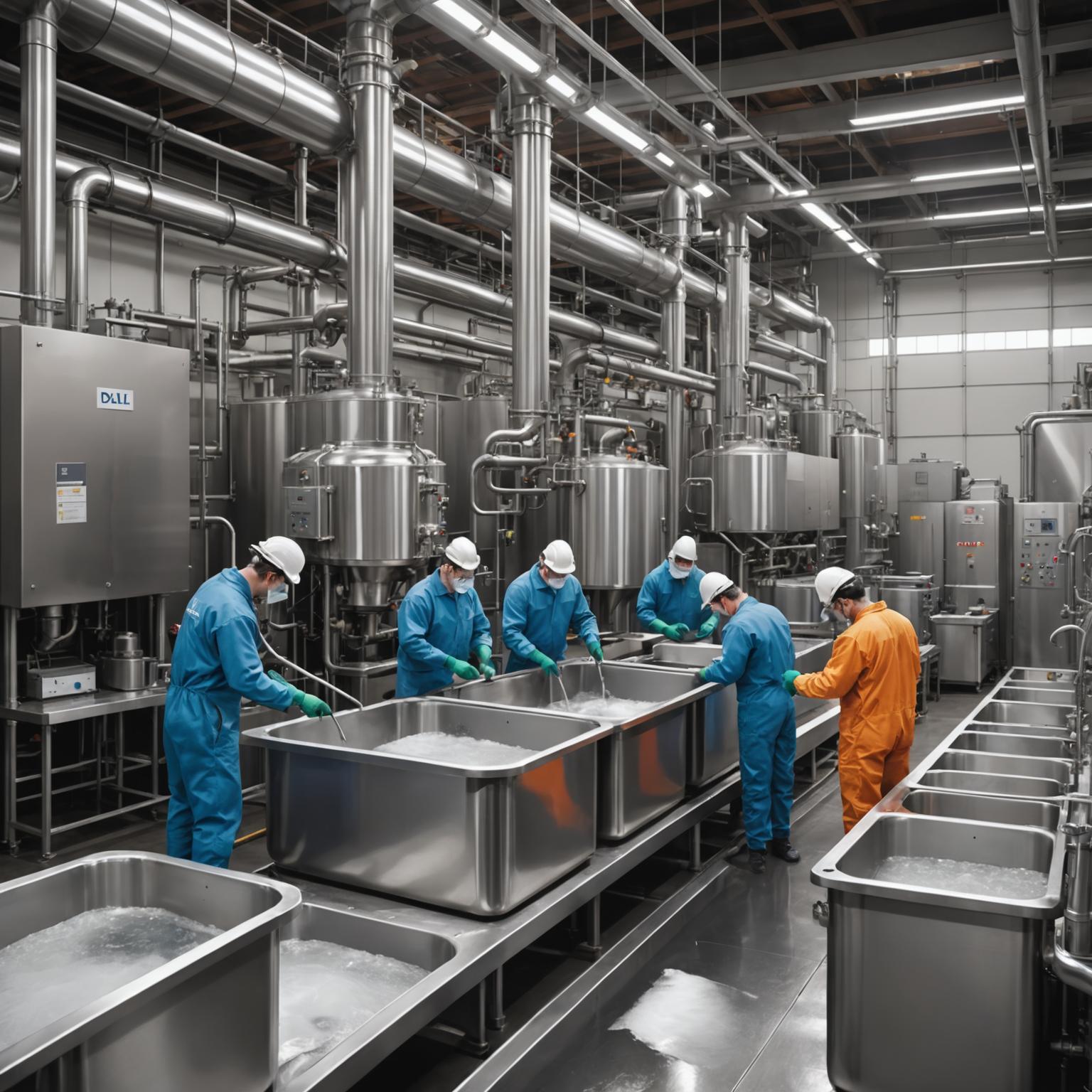
1. What is 304 stainless steel passivation treatment?
Passivation treatment is a chemical surface treatment process that improves its corrosion resistance and oxidation resistance by removing free iron and other contaminants from the surface of 304 stainless steel and forming a dense chromium oxide protective film on the metal surface.
2. Principles of passivation treatment
304 stainless steel itself contains chromium (Cr), which will form a protective layer of chromium oxide (Cr₂O₃) in natural environment. However, during processing (such as cutting, welding, polishing) may lead to surface contamination or embedded iron particles, reducing corrosion resistance. Passivation treatment removes contaminants through pickling or chemical solutions such as nitric acid or citric acid, promoting a more uniform oxide film formation.
3. Process flow of passivation treatment
-
Clean and degreased: Remove oil, dust and other pollutants.
-
Pickling treatment: Use nitric acid (HNO₃) or citric acid solution to dissolve free iron and metal impurities.
-
Passivation immersion: Immerse the stainless steel in a passivation solution (usually containing 20%-50% nitric acid) for 5-30 minutes.
-
Neutralization rinsing: Rinse with alkaline solution or clean water to remove residual acid.
-
dry: Dry or dry naturally to avoid water stains.
4. Advantages of passivation treatment
-
Enhance corrosion resistance: Reduce the risk of rust and pitting.
-
Extend service life: Suitable for harsh environments such as food, medical care, and chemical industry.
-
Improve aesthetics: Keep the metal surface smooth and reduce stain adhesion.
-
Comply with industry standards: Meet passivation standards such as ASTM A967, ISO 16048, etc.
5. Common application areas
-
Food processing equipment(such as storage tanks, conveying pipelines)
-
Medical devices(Surgery instruments, implants)
-
Chemical Equipment(Reactor, heat exchanger)
-
Marine Engineering(Ship accessories, seawater desalination equipment)
-
Architectural decoration(Stainless steel railings, curtain walls)
6. Passivation treatment vs. Other surface treatments
| How to deal with it | principle | Applicable scenarios |
|---|---|---|
| Passivation treatment | Chemical oxide film enhancement | Improve corrosion resistance |
| Electric polishing | Electrolytic removal of surface | Improve smoothness |
| Sand blasting treatment | Mechanical grinding | Remove scalp |
7. How to judge the passivation effect?
-
Salt spray test(ASTM B117)
-
Copper sulfate test(ASTM A380)
-
Rust detection reagent(Detection of free iron residue)
8. Things to note
-
Avoid using chlorine-containing (Cl⁻) cleaning agents to avoid damaging the passivation film.
-
After passivation, it needs to be rinsed thoroughly to prevent acid residue.
-
Different industries have different requirements for passivation standards, and appropriate process parameters need to be selected.








